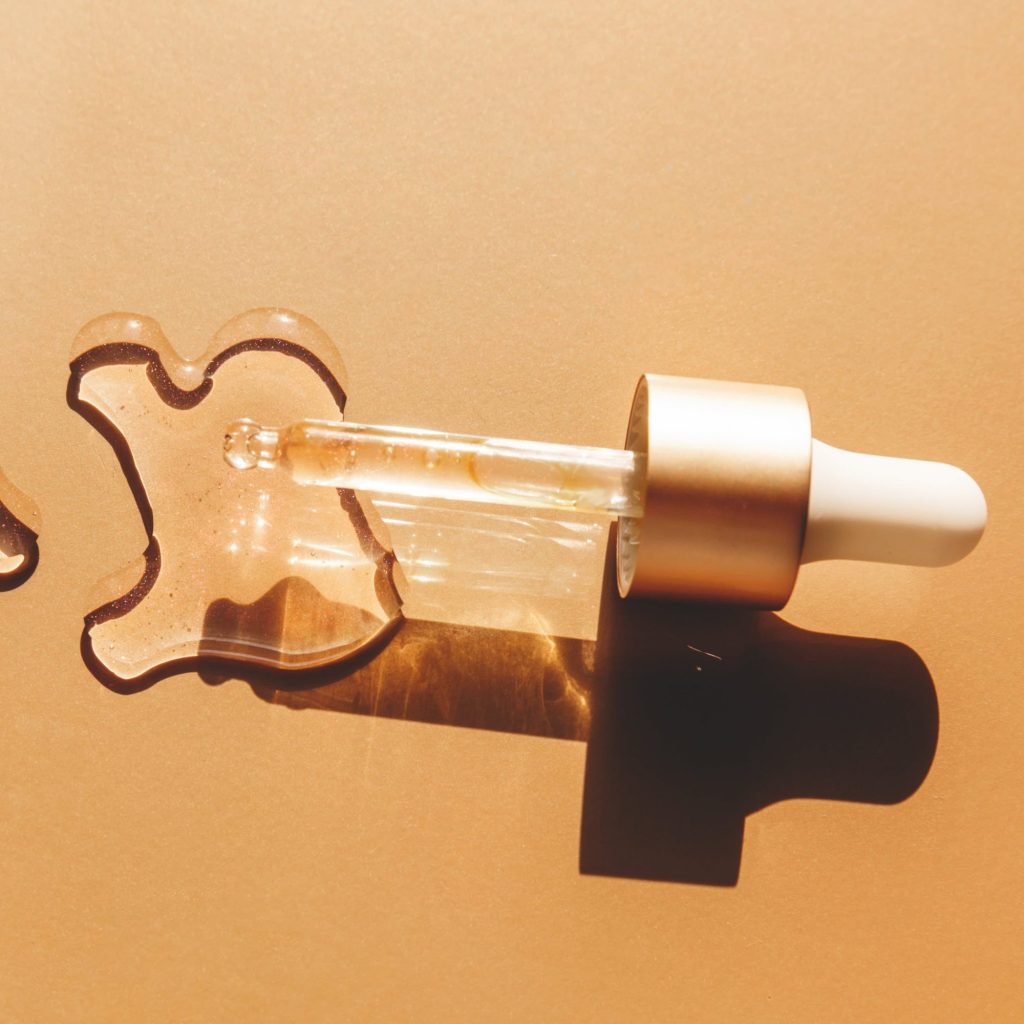If you’re new to skin care, or you’re just trying to educate yourself on the many ingredients, products, and treatments available to you, you’ve likely stumbled across a few acids in your research. At first, this probably gave you pause – an acid . . . in a serum? How does that work? – but the world of skin-care acids is a vast and great one, and the second you figure out how to use these ingredients in your regimen correctly, you’ll see just how magical they are. This is especially true with the newest member of the party, succinic acid.
To start, let’s cover what a skin-care acid is: it’s an ingredient found in many great products that help address various skin-care concerns, typically through chemical exfoliation. However, it’s important to note that while most skin-care acids, like glycolic acid and lactic acid, fall into one of two main categories – alpha hydroxy acids (AHAs) and beta hydroxy acids (BHAs) – succinic acid doesn’t because it’s not actually a chemical exfoliant.
Although succinic acid has been used for years in traditional medicine, it’s just starting to get the widespread recognition that it deserves. The ingredient is naturally found in amber and sugar cane and has antimicrobial properties, making it great for “skin re-conditioning and antioxidant properties”, said Mark Curry, cofounder of The Inkey List. “These factors could bring this ingredient up there with the likes of retinol and vitamin C.”
Succinic acid has a broad range of benefits, including antimicrobial and anti-inflammatory properties. This makes products containing it great for targeting acne, excessive oil production, and fine lines. It’s also gentle enough for all skin types, even those with sensitive skin, which can’t be said for all acids.
So, next time you’re in the drugstore or browsing the aisles of your favourite beauty retailer, look for skin-care products with succinic acid in them, so that you can test the magic of this ingredient out for yourself.

